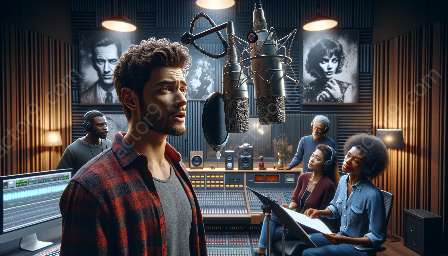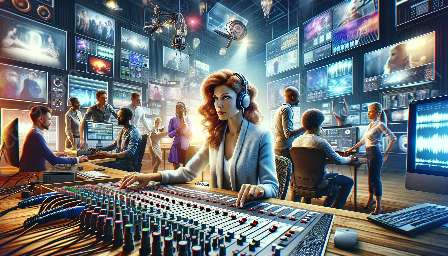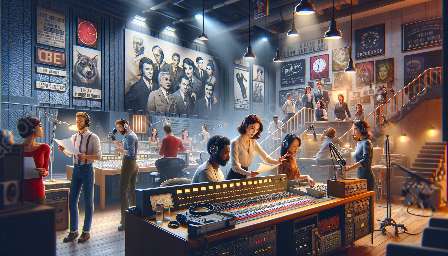Radio drama production has undergone significant milestones throughout history, shaping the art form and influencing its future. From its early origins to the digital age, radio drama has captivated audiences with its compelling storytelling and innovative techniques. This topic cluster explores the historical milestones in radio drama production, its current state, and the future of this dynamic art form.
Historical Milestones in Radio Drama Production
The evolution of radio drama production can be traced back to the early 20th century when it emerged as a popular form of entertainment. Here are some significant milestones that have shaped the development of radio drama production:
- Early Experimentation and Innovation: In the 1920s, radio stations started experimenting with dramatized stories and plays, laying the groundwork for what would become radio drama. Innovations in sound effects and voice acting enhanced the immersive experience for listeners.
- Golden Age of Radio Drama: The 1930s and 1940s marked the golden age of radio drama, with iconic shows such as 'The War of the Worlds' and 'The Shadow' captivating audiences across the nation. This period saw the peak of creativity and popularity for radio drama production, showcasing the power of storytelling through audio-only mediums.
- Transition to Television and Decline: With the rise of television in the 1950s, radio drama production faced a decline as audiences shifted their attention to visual storytelling. Many radio drama programs were cancelled, leading to a dwindling presence of this art form on the airwaves.
- Revival and Evolution: Despite its decline, radio drama experienced a revival in the latter half of the 20th century, thanks to the efforts of independent producers and public radio stations. New formats and experimental approaches emerged, breathing new life into radio drama production and showcasing its adaptability.
- Digital Revolution and Accessibility: The advent of digital technology and online platforms has transformed radio drama production, making it more accessible to a global audience. Podcasting and streaming services have provided opportunities for emerging and established producers to create and distribute radio dramas, fostering a renaissance of the art form.
The Future of Radio Drama Production
As we look to the future, radio drama production continues to evolve and innovate, embracing new technologies and storytelling techniques. Some key aspects shaping the future of radio drama production include:
- Immersive Audio Technologies: Advancements in binaural recording and 3D sound technologies are creating immersive audio experiences for listeners, enhancing the emotional impact of radio dramas and pushing the boundaries of audio storytelling.
- Interactive and Transmedia Narratives: The integration of interactive elements and transmedia storytelling is expanding the possibilities for radio drama production, allowing audiences to engage with the story across multiple platforms and participate in the narrative.
- Diverse Voices and Representation: The future of radio drama production is embracing diverse voices and perspectives, reflecting the rich tapestry of human experiences through stories that resonate with global audiences.
- Collaborations with Other Creative Industries: Collaborations with the gaming industry, music producers, and immersive theater companies are forging new pathways for radio drama production, creating cross-disciplinary experiences that blur the lines between audio entertainment and other artistic mediums.
- AI and Personalized Experiences: Artificial intelligence and machine learning are offering possibilities for personalized audio dramas, tailoring the narrative and soundscapes to individual preferences and creating unique listening experiences for each listener.
Conclusion
Radio drama production has undergone a remarkable journey from its early experimentation to its digital renaissance, shaping the way we experience audio storytelling. As the art form continues to evolve, the future of radio drama production holds endless possibilities, fueled by creativity, technological advancements, and a commitment to compelling storytelling.






















